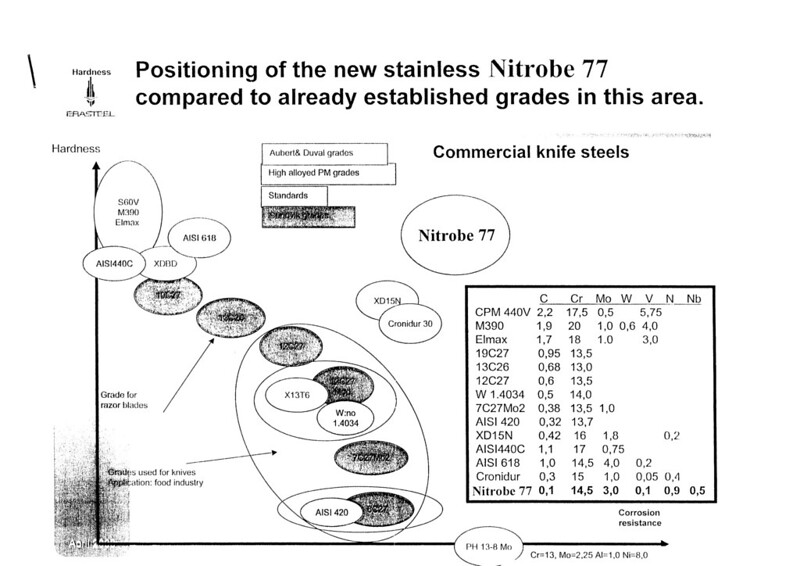stabman
Gold Member
- Joined
- Sep 17, 2007
- Messages
- 21,333
The fact is, 99% of the world will never know the difference between steels. Throw in hardness and blade geometry factors, almost any decent steel will be good for anyone.
People will notice a difference in use.
They won't know what exact steel is being used, but even amongst kitchen knives of the same thickness and geometry, a difference in edge retention shows up really quickly.
Or the difference between a plain carbon steel and a stainless steel, at least as regards rust resistance. After cutting fruits and veggies that difference can show up VERY quickly.

